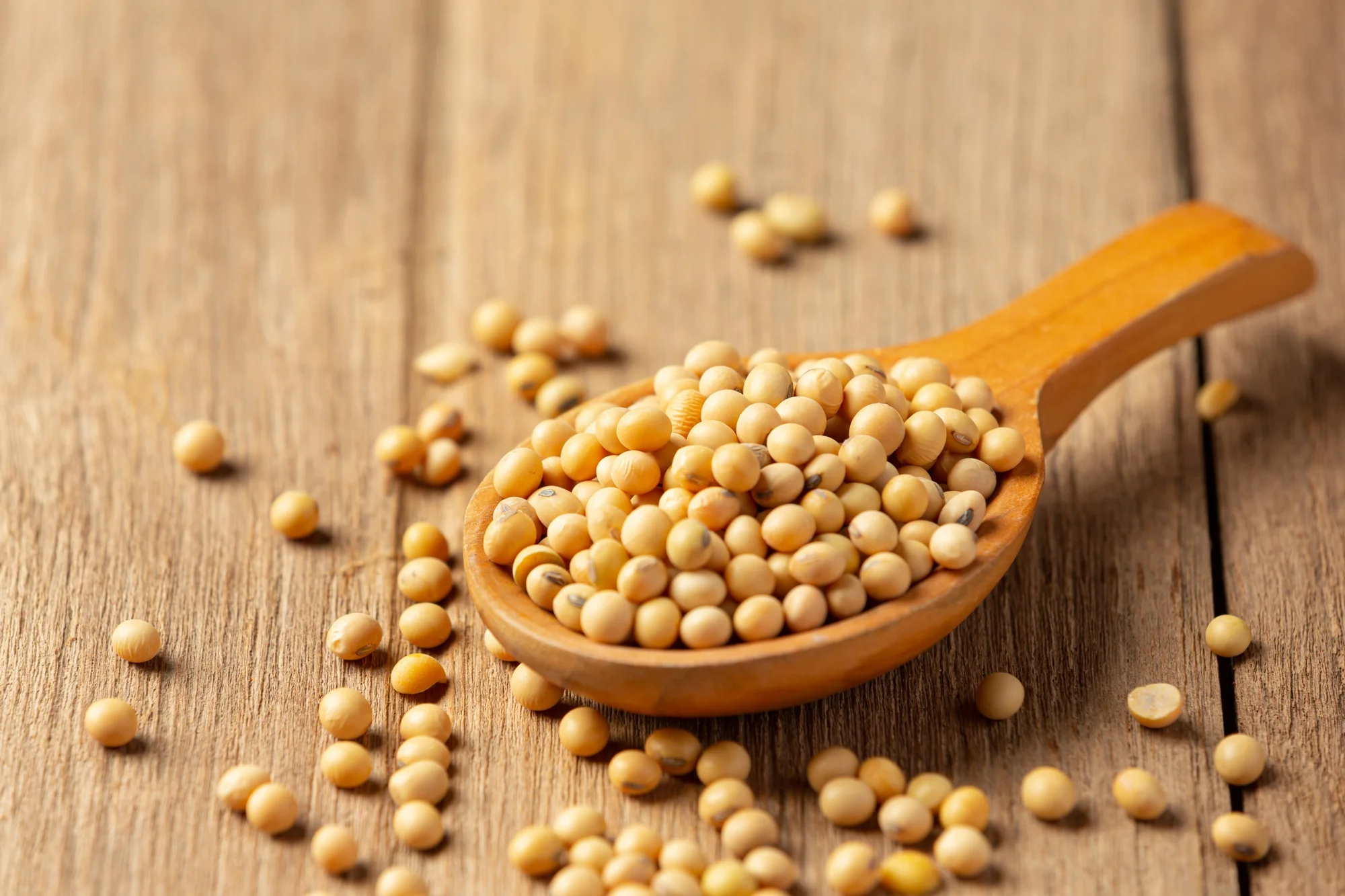Introduction
Salt stress is a critical environmental factor that compromises agricultural productivity worldwide. Soybeans, one of the most cultivated crop types globally, are not excluded from the detrimental effects of high salinity in the soil. However, a groundbreaking study recently published in the Journal of Proteomics reveals promising results on the role of safranal—a natural compound known for its antioxidant properties—in combating the adverse effects of salt stress on soybean plants.
The research conducted by Kausar Rehana from the University of Azad Jammu and Kashmir, Nishiuchi Takumi from Kanazawa University, and Komatsu Setsuko from Fukui University of Technology delves into the proteomic changes induced by safranal that could pave the way for enhancing soybean growth under saline conditions.
Salinity in Agriculture
The buildup of salt in soil, also known as salinization, can severely limit the growth of plants by causing nutritional imbalances and water deficiency, ultimately leading to reduced crop yields. With global climate change exacerbating soil salinity issues, there is an urgent need to develop strategies that can enhance plant tolerance to salt stress.
Safranal: A Glimmer of Hope for Soybeans
Safranal, a monoterpene aldehyde found abundantly in saffron, has recently caught the attention of scientists for its potential to alleviate oxidative stress in plants caused by various environmental factors, including salinity. Its capacity as a free radical scavenger makes it a molecule of interest for enhancing plant growth and yield under challenging conditions.
The Proteomic Investigation
The study, DOI: 10.1016/j.jprot.2024.105072, adopted a proteomic approach to dissect the influence of safranal on the soybean proteome under salt stress. The research team carefully analyzed protein expression changes and corroborated their findings with biochemical techniques. Their observations are pivotal in shedding light on how safranal modulates specific pathways to confer salt stress tolerance in soybeans.
Key Findings
Under salt stress conditions, the researchers noted that certain proteins critical for soybean growth were downregulated, including actin and calcium-dependent protein kinase. However, upon application of safranal, these proteins saw an increase in their expression levels.
In addition to its impact on structural proteins, safranal also appeared to influence enzymes involved in cell wall modification, such as xyloglucan endotransglucosylase/hydrolase, which plays a role in maintaining cell wall integrity.
A noteworthy observation of the study is the heightened activity of peroxidase—a key enzyme in the reactive oxygen species scavenging system—in safranal-treated soybean roots under salt stress. This suggests that safranal enhances the plant’s ability to mitigate oxidative damage, which is a common consequence of salinity.
Other proteins, including RuvB-like helicase and protein kinase domain-containing protein, saw upregulation under salt stress, and this effect was amplified with safranal treatment. Moreover, dynamin GTPase, a protein involved in endocytosis and post-Golgi trafficking, recovered in its expression with safranal application, hinting at improvements in membrane trafficking processes.
Lastly, enzymes such as glutathione peroxidase and PfkB domain-containing protein were found to be upregulated by safranal application under salt stress, underscoring the intricate biological alterations that safranal triggers to bolster soybean growth.
Significance of the Research
The significance of this research lies in its detailed proteomic analysis, providing a deeper understanding of safranal’s promotive effect on soybean growth in the face of salt stress. These findings reveal that safranal may hold the key to enhancing salinity tolerance in soybeans by regulating multiple cellular functions.
This research paves the way for practical agricultural applications, particularly in regions where soil salinity poses a threat to food security and agricultural sustainability. Farmers could potentially use safranal as a biostimulant to fortify soybean crops against salinity, ensuring better yields in adverse conditions.
Conclusion
As the global population continues to rise, the assurance of food security hinges on our ability to sustain and improve agricultural productivity under environmental stress. The study presented in the Journal of Proteomics casts a hopeful light on the promise of safranal in fostering more resilient soybean plants capable of thriving in saline soils.
With ongoing research and exploration into the potential of natural compounds like safranal, the future of agriculture may indeed be more adaptable and sustainable.
References
1. Kausar, R., Nishiuchi, T., & Komatsu, S. (2024). Proteomic and molecular analyses to understand the promotive effect of safranal on soybean growth under salt stress. Journal of Proteomics, 294, 105072. https://doi.org/10.1016/j.jprot.2024.105072
2. Zhu, J. K. (2001). Plant salt tolerance. Trends in Plant Science, 6(2), 66-71.
3. Murata, N., et al. (2007). Metabolic engineering of alpha-tocopherol biosynthesis in higher plants. Plant Biotechnology Journal, 5(2), 209-223.
4. Ashraf, M., & Akram, N. A. (2009). Improving salinity tolerance of plants through conventional breeding and genetic engineering: An analytical comparison. Biotechnology Advances, 27(6), 744-752.
5. Munns, R., & Tester, M. (2008). Mechanisms of salinity tolerance. Annual Review of Plant Biology, 59, 651-681.
Keywords
1. Safranal soybean growth
2. Salt stress in plants
3. Soybean salt tolerance
4. Antioxidative role of safranal
5. Proteomic analysis in agriculture
